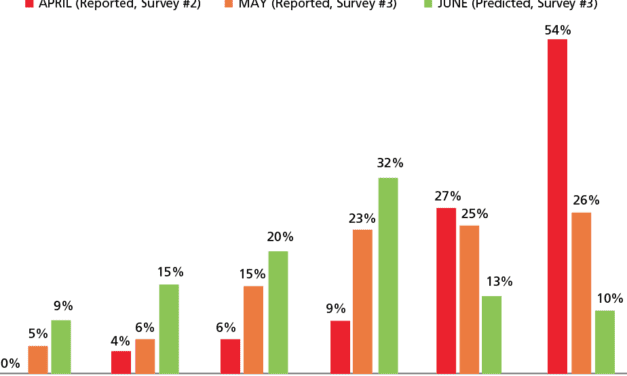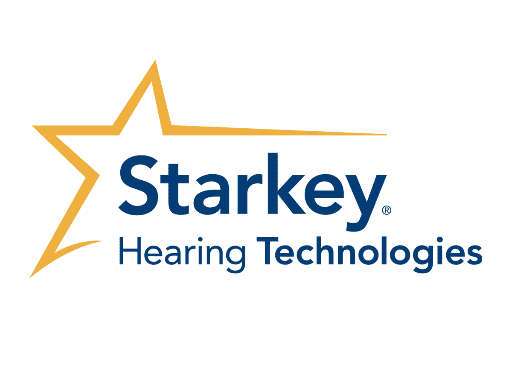Ida Institute Announces 2020 Ida Institute Research Grant Award Winners
Each year, up to $10,000 USD in funding is awarded by the institute to three projects that develop evidence related to Ida Institute methods and tools and aim to demonstrate the effectiveness of person-centered care in hearing rehabilitation.
Read More














